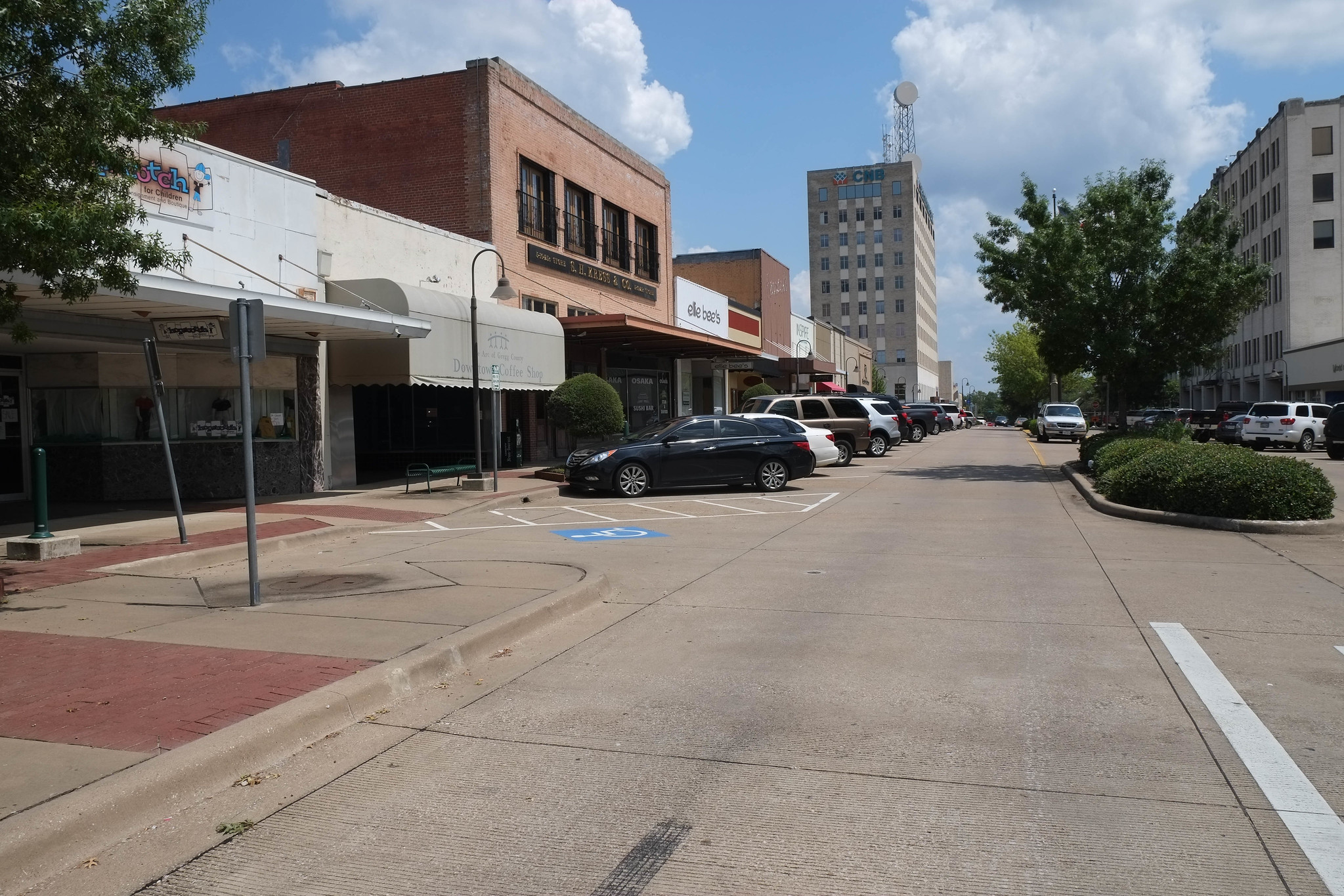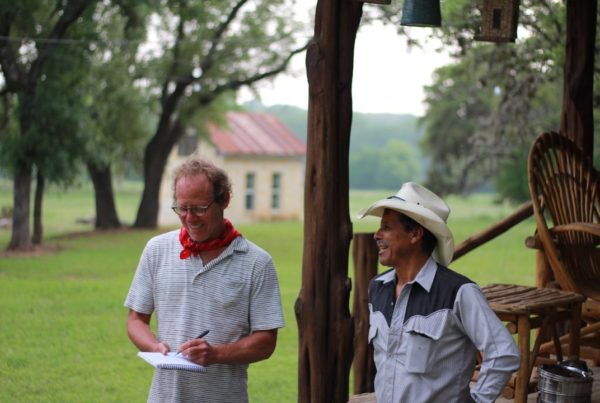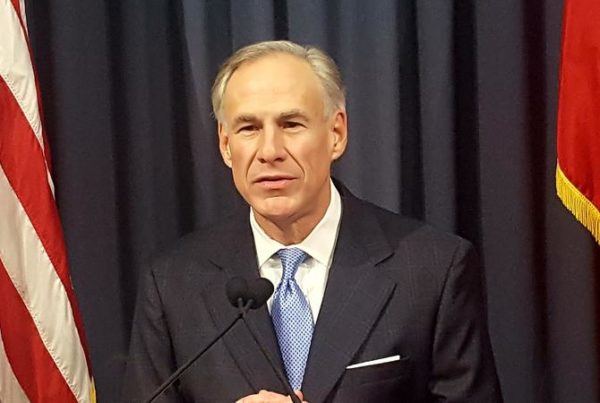More than 3,000 Texans die from suicide each year, and in East Texas, the rate is even higher. In Gregg County, where Longview – population 121,000 – is the county seat, the suicide rate from 1999 to 2017 was about 15 deaths per 100,000 people, which was higher than the state average of 11.4 deaths. The rate is even higher in some nearby counties .
The Texas Observer’s Christopher Collins reported on why the rate is higher in this region in his story, “Warning Signs.”
Collins says there isn’t a single reason for the elevated rate. Rather, he says many factors could be having an effect.
“Mental health problems, poverty, lack of health insurance, just the stigma of seeking help and talking to people about problems,” Collins says of some of the possible contributing factors.
In “Warning Signs,” Collins describes a town hall meeting during which Shannon Cox-Kelley, a chemistry professor at East Texas Baptist University, declared East Texas the new South Texas. What Collins says she meant by that is that South Texas used to be a region with a disproportionate number of public health problems. But grant programs have, in part, helped reduce rates there. Now, East Texas has several public health problems “all at once,” Collins says, like obesity, heart disease and suicide.
He says the Texas Department of State Health Services, or DSHS, drafted a state plan for suicide prevention, but that it “kind of got forgotten about.”
That oversight prompted Collins to question the agency and report his story. Now, he says,
DSHS has secured grant money to follow through on some of its suicide-prevention initiatives.
“It looks like, at least in some cases, they may be back on track to complete some of their responsibilities laid out in the plan,” Collins says.
Written by Astrid Alvarado.
















